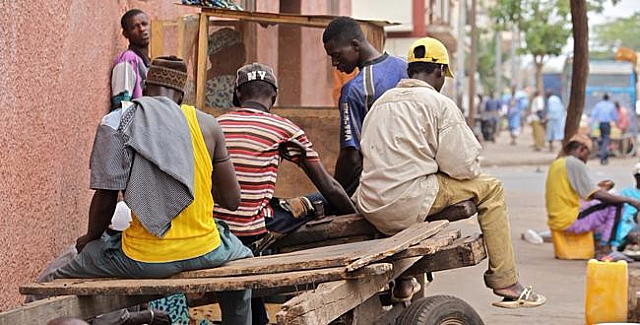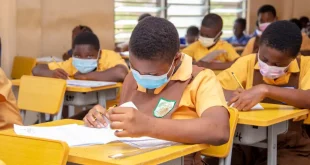
The unemployment crisis in Ghana has worsened, with the number of jobless individuals rising from approximately 1.2 million to over 1.3 million, according to the Ghana Statistical Service (GSS). The average unemployment rate for the first three quarters of 2023 surged to 14.7 percent.
The increase in joblessness is particularly pronounced among youth aged 15 to 35, with females experiencing higher unemployment rates than males. The number of unemployed youth rose steadily throughout 2022, except for a brief decline in the second quarter of the year.
The widening gender gap in unemployment is evident, with more females than males being unemployed. The difference in employment between urban and rural areas is also stark, with urban unemployment rates nearly twice as high as rural areas in the second and third quarters of 2023.
Despite an increase in the labour force participation rate between the fourth quarter of 2022 and the first quarter of 2023, the rate remained stable throughout the first three quarters of 2023. However, the labour market’s ability to absorb job seekers, as indicated by the absorption rate, has been increasing steadily since the second quarter of 2022.
The data from the Annual Household Income and Expenditure Survey Quarter Three Labour Bulletin paints a grim picture of Ghana’s employment situation, highlighting the urgent need for effective strategies to address the growing unemployment crisis.
 GhArticles.com Every News in Detail
GhArticles.com Every News in Detail


